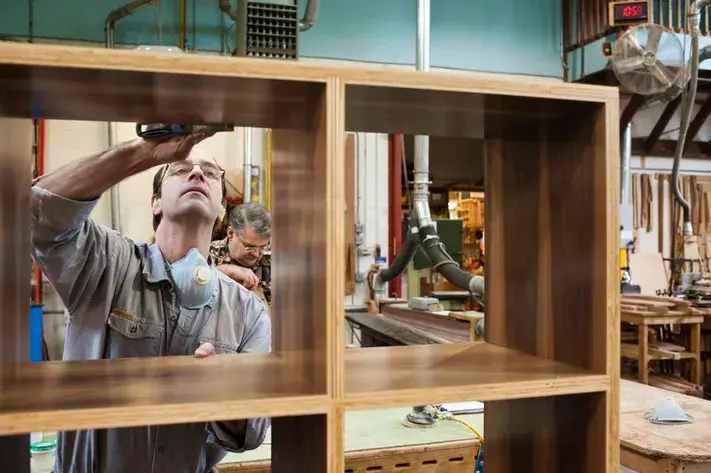Eco-Friendly Furniture Assembly: Sustainable Tips and Materials
- Lorraine Grace Vidallon
- Nov 3, 2023
- 2 min read
Updated: Nov 5, 2023
In a world that's becoming increasingly conscious of its environmental footprint, eco-friendly choices have extended beyond just what we buy to how we assemble and use the products in our homes. Furniture assembly is no exception, and there's a growing movement towards sustainable practices in this domain. Whether you're a DIY enthusiast or someone who's just looking to assemble furniture with a greener touch, this blog post will provide you with valuable tips and insights into creating an eco-friendly furniture assembly process.
Why Eco-Friendly Furniture Assembly Matters
Eco-friendly furniture assembly is about more than just using green materials; it's also about reducing waste, conserving energy, and making choices that benefit the planet. Here are a few reasons why it's important:

Resource Conservation: Traditional furniture assembly can be resource-intensive, with materials like particleboard and MDF (medium-density fiberboard) that are often produced using virgin wood and other non-renewable resources. Eco-friendly assembly methods focus on using sustainable materials and minimizing waste.
Reducing Carbon Footprint: The transportation and production of furniture can generate significant carbon emissions. Opting for eco-friendly assembly practices can help lower your furniture's overall carbon footprint by using locally sourced materials and minimizing transportation costs.
Health Benefits: Traditional furniture assembly materials, like particleboard, can release harmful chemicals into the air over time. Eco-friendly materials, such as solid wood and low-VOC (volatile organic compounds) finishes, provide a healthier living environment.
Longevity: Sustainable furniture assembly often results in longer-lasting pieces. High-quality materials and construction methods ensure your furniture remains functional and aesthetically pleasing for years, reducing the need for replacements.
Sustainable Tips for Eco-Friendly Furniture Assembly
Choose Sustainable Materials: Opt for furniture made from reclaimed wood, certified sustainable wood (e.g., FSC-certified), or bamboo. These materials are eco-friendly alternatives to traditional particleboard or non-renewable resources.
Look for Low-VOC Finishes: Many furniture pieces come with finishes that contain harmful VOCs. To minimize indoor air pollution, choose furniture with low-VOC or water-based finishes.
Support Local Businesses: Buying furniture from local craftsmen and businesses reduces the environmental impact associated with transportation. Additionally, local artisans often use sustainable materials and ethical labor practices.
DIY with Reclaimed Materials: If you're a DIY enthusiast, consider assembling your furniture from reclaimed or upcycled materials. Not only will you have a unique piece, but you'll also help reduce waste.
Avoid Disposable Furniture: Inexpensive, disposable furniture items contribute to a throwaway culture. Invest in high-quality, durable pieces that are built to last. You can often find these at second-hand stores or through sustainable furniture brands.
Use Minimal Packaging: When buying furniture, look for companies that use minimal and eco-friendly packaging. If you're assembling your own furniture, try to reuse or recycle packaging materials whenever possible.
Disassemble and Repurpose: When you're ready for a change, consider disassembling and repurposing your furniture pieces rather than disposing of them. This extends the life of the materials and reduces waste.
Eco-friendly furniture assembly is a step in the right direction towards a more sustainable and responsible lifestyle. By choosing sustainable materials, supporting local businesses, and embracing the concept of "reduce, reuse, and recycle," you can significantly reduce your environmental impact when assembling and using furniture in your home. These small changes can add up to make a big difference for our planet and future generations. So, let's make our furniture assembly eco-friendly and do our part for a greener world.








Comments